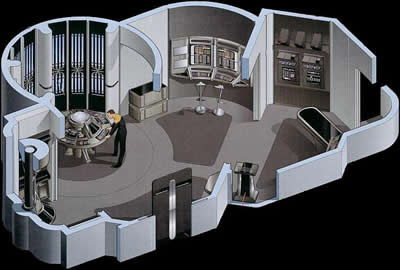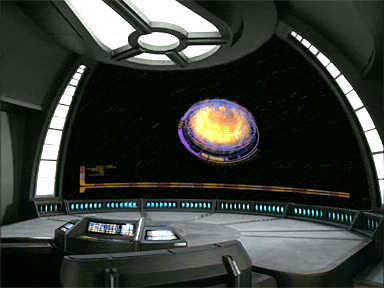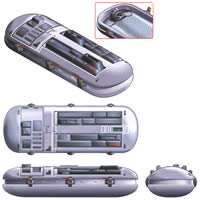The Science department is responsible for sensor systems and scans and provides the other departments with all necessary scientific information related to a mission. Apart from this and mostly independently from current missions, the science crew conducts experiments and gathers and interprets data in all kind of scientific fields, from anthropology to extrastellar zoology. For this purpose, there are no fewer than fifteen separate science laboratories on the Hiroshima, apart from special science labs like hydroponics and astrometrics. Each laboratory is fully configurable, enabling Science Department to optimize laboratory functions to suit the current need.

The center of the Science department is on deck 10, where the science briefing room, ten science labs and the Chief Science Officer’s office are located.
Astrometrics/Stellar Cartography, located on decks 9/10, is often considered as the heart of Science and is manned at all times (when underway). Here, all sensor information is steadily gathered and compared with the database to give a more accurate image of the galaxy. All information can be displayed in a spectacular three-dimensional fashion, comparable to a holodeck.

Probes:

When ship sensors are unable to be brought close enough to a particular phenomenon, the ship utilizes probes. These highly configurable devices are automated spacecraft, normally launched from a standard torpedo launcher, which is set aside for this purpose. Probes are often used for tasks that starships are not suited to handle, including:
- Collecting information in environments that are too small for starships to examine
- Collecting information in environments that are too dangerous for starship to examine
- Extreme long-term deep space exploration
